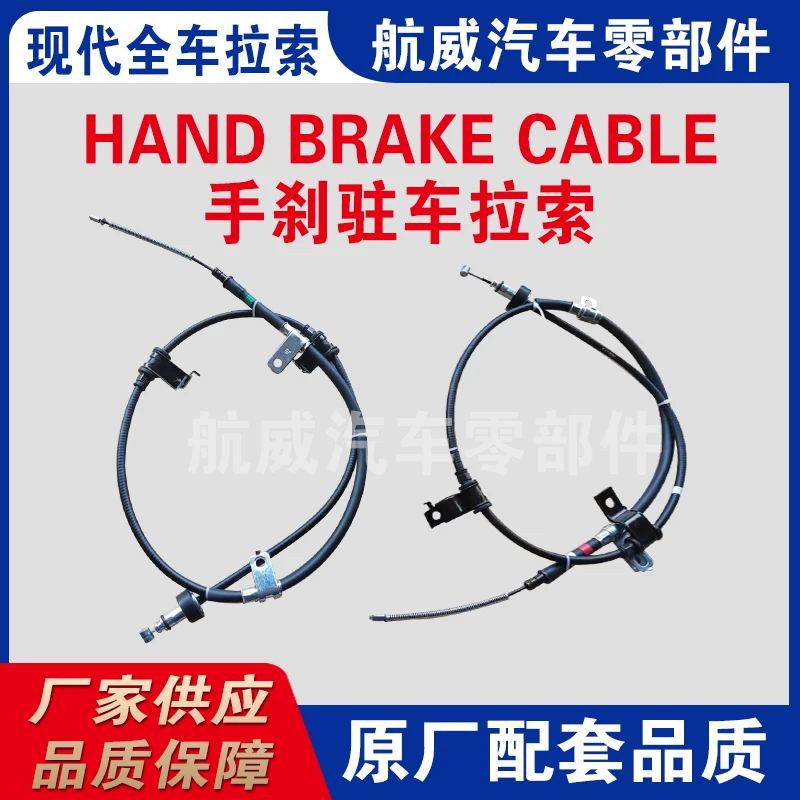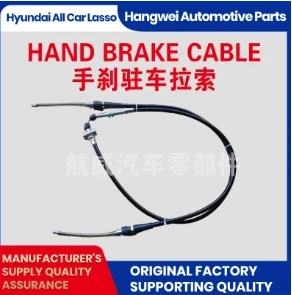Oca . 11, 2025 12:20
Back to list
Clutch Push-Pull Cable
Parking brakes, commonly referred to as e-brakes, are a crucial component in modern vehicles, serving as an essential safety feature that prevents unintentional movement of a stationary vehicle. Despite being a fundamental part of every car, e-brake lines often go unnoticed until they malfunction. Understanding the intricacies of e-brake lines, their types, and maintenance procedures can significantly enhance your driving safety and vehicle performance.
Neglecting e-brake line maintenance can lead to severe consequences, such as reduced parking brake efficiency or complete brake failure, especially when parked on an incline. Such situations pose significant safety risks, highlighting the necessity for every driver to include e-brake line checks in their routine vehicle maintenance schedule. To ensure optimal performance and prolong the lifespan of e-brake lines, consider using high-quality brake line components from reputable manufacturers. Premium products are engineered to withstand harsh environmental conditions and rigorous use, offering better overall reliability and safety. Moreover, entrusting installation and maintenance to experienced professionals can provide peace of mind that the e-brake system will function flawlessly when needed. As vehicle technology continues to advance, so do the components and mechanisms designed for safety. E-brake lines, whether mechanical or electronic, remain a critical part of vehicle safety systems. They require attention, proper care, and timely replacement to ensure that they perform their vital function of immobilizing the vehicle when parked, especially on slopes or uneven surfaces. By staying informed and proactive about e-brake line maintenance, drivers can enhance the safety, reliability, and performance of their vehicles.


Neglecting e-brake line maintenance can lead to severe consequences, such as reduced parking brake efficiency or complete brake failure, especially when parked on an incline. Such situations pose significant safety risks, highlighting the necessity for every driver to include e-brake line checks in their routine vehicle maintenance schedule. To ensure optimal performance and prolong the lifespan of e-brake lines, consider using high-quality brake line components from reputable manufacturers. Premium products are engineered to withstand harsh environmental conditions and rigorous use, offering better overall reliability and safety. Moreover, entrusting installation and maintenance to experienced professionals can provide peace of mind that the e-brake system will function flawlessly when needed. As vehicle technology continues to advance, so do the components and mechanisms designed for safety. E-brake lines, whether mechanical or electronic, remain a critical part of vehicle safety systems. They require attention, proper care, and timely replacement to ensure that they perform their vital function of immobilizing the vehicle when parked, especially on slopes or uneven surfaces. By staying informed and proactive about e-brake line maintenance, drivers can enhance the safety, reliability, and performance of their vehicles.
Next:
Latest news
-
Upgrade Your Control with Premium Throttle CablesNewsAug.08,2025
-
Stay in Control with Premium Hand Brake CablesNewsAug.08,2025
-
Experience Unmatched Performance with Our Clutch HosesNewsAug.08,2025
-
Ensure Safety and Reliability with Premium Handbrake CablesNewsAug.08,2025
-
Enhance Your Vehicle with High-Performance Clutch LinesNewsAug.08,2025
-
Elevate Your Ride with Premium Gear CablesNewsAug.08,2025
